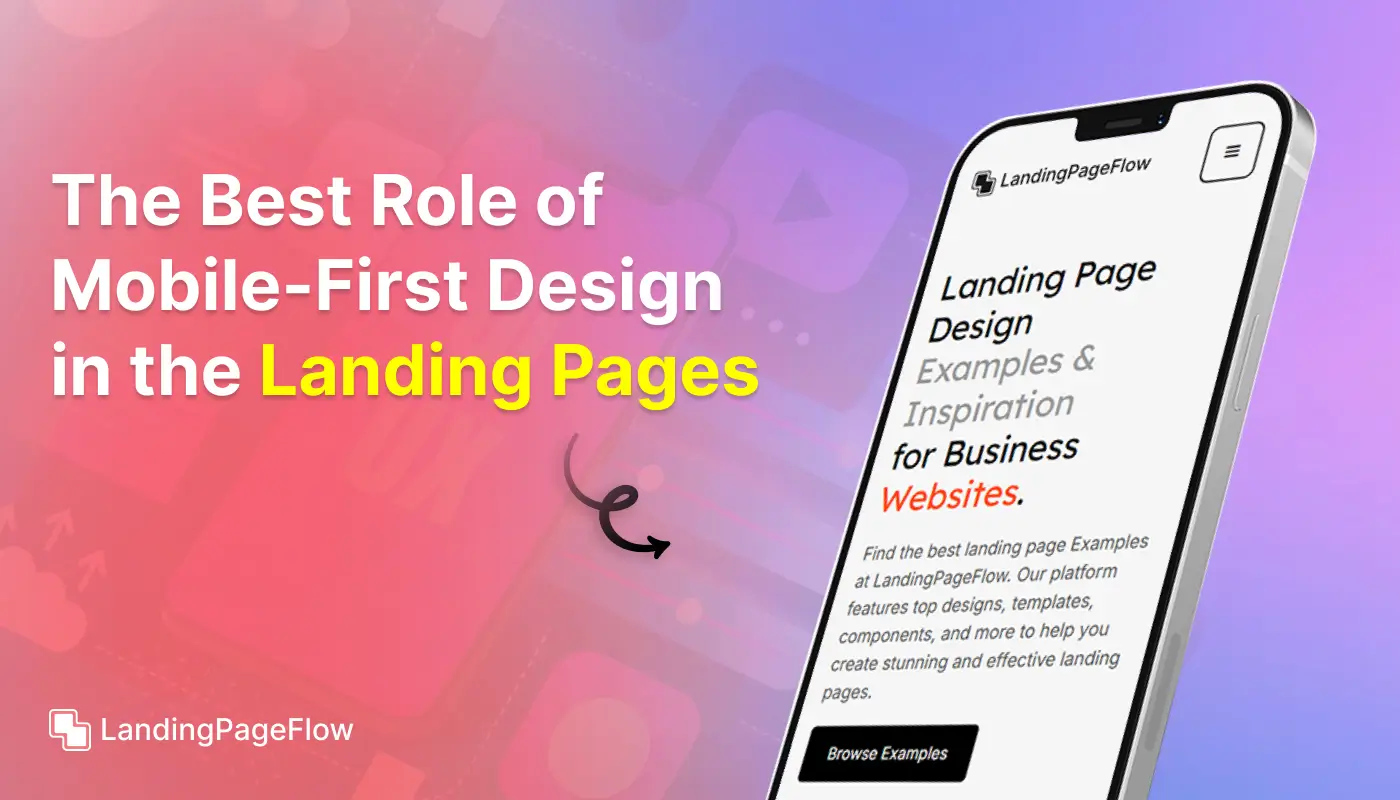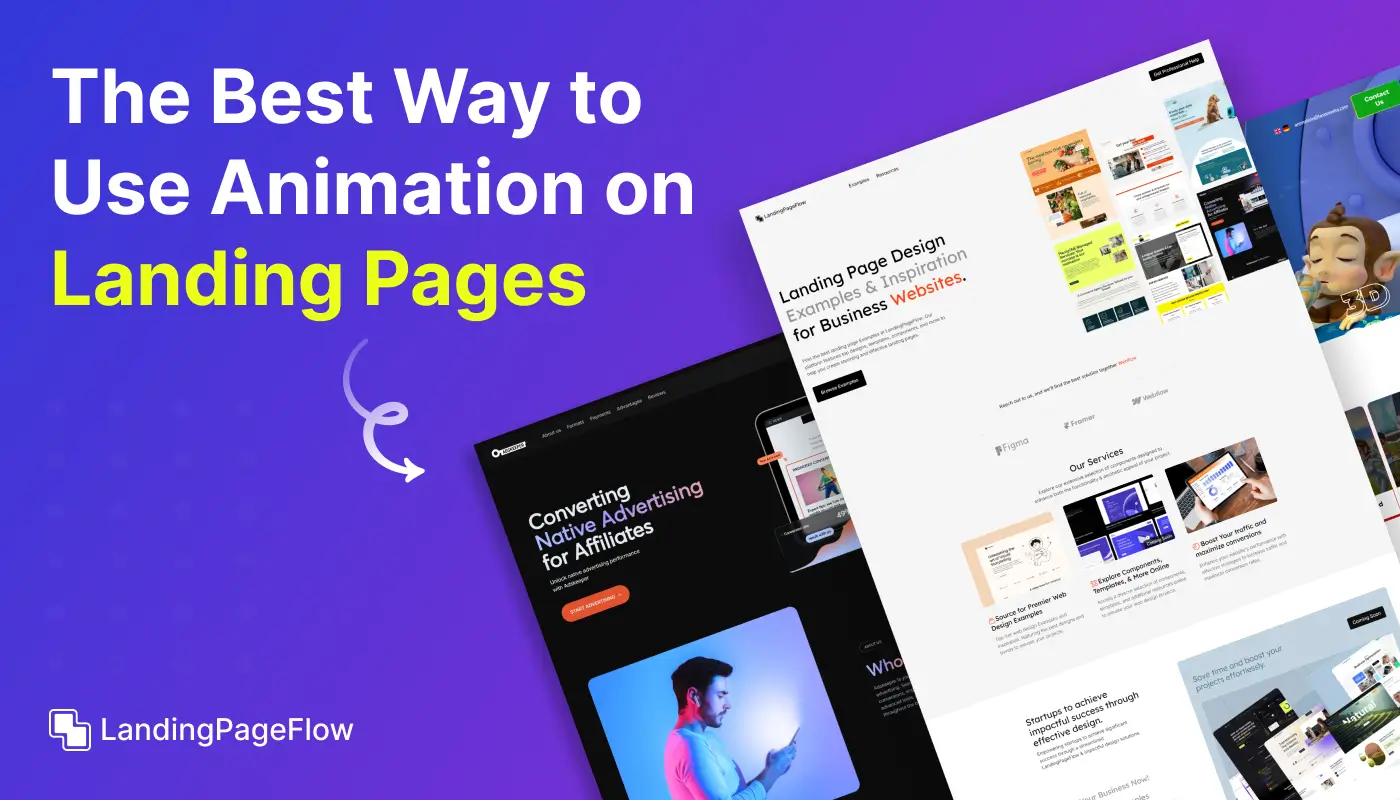A Beginner's Guide to Crafting a Digital Marketing Landing Page

November 18, 2025
Creating a landing page that truly drives results can feel overwhelming at the start. Many beginners struggle to balance design, content, and functionality in a way that inspires trust and encourages action.
Clear goals are the foundation of a strong digital marketing landing page, as they help shape the structure and purpose behind each section. Design plays a major role in keeping users engaged and guiding them toward conversion.
Compelling headlines, relevant visuals, and persuasive calls-to-action can make the difference between a visitor who bounces and one who takes the next step.
For beginners, simplicity is often the key to success, since cluttered designs can confuse rather than convince. Focused layouts highlight what matters most and allow users to make decisions faster.
This guide explores essential steps for creating a digital marketing landing page that works for both beginners and businesses looking to grow.
"Confused about what elements matter most in design?
Request your free professional framework."
Table of Contents
- What is a Digital Marketing Landing Page?
- Key Elements of a High-Converting Landing Page
- Step-by-Step Process For Crafting a Digital Marketing Landing Page
- How to Design For User Experience (UX)
- Optimizing Your Landing Page for SEO
- Testing and Measuring Your Landing Page’s Success
- Common Mistakes to Avoid
- Examples of Successful Digital Marketing Landing Pages
1. What is a Digital Marketing Landing Page?

A digital marketing landing page is a standalone web page designed with a single focus or goal, typically used as part of a marketing campaign. Unlike a homepage or other pages on a website, it is dedicated to driving a specific action, such as:
- Collecting leads through a sign-up form.
- Promoting a product or service and encouraging purchases.
- Encouraging downloads of an e-book, guide, or whitepaper.
Landing pages are critical in digital marketing as they help turn visitors into customers by focusing on a clear value proposition and action.
2. Key Elements of a High-Converting Landing Page

To ensure your landing page performs well, you need to include the following key elements:
- Compelling Headline: The headline is the first thing visitors see. It should immediately communicate the value of your offer in a clear, concise way. For example, “Boost Your Business with Our All-in-One Marketing Platform.”
- Clear Call-to-Action (CTA): Your CTA is the most important element. It tells visitors what to do next (e.g., “Sign Up Now,” “Get Started,” or “Download Free Guide”). Make sure the CTA button stands out and is easy to find.
- Concise Copy: The text on your landing page should be straightforward and free from jargon. Focus on explaining the benefits of your offer and how it can solve your visitor's problem.
- Visual Elements: Use high-quality images, videos, or graphics to illustrate your offer and reinforce your message. Visuals help break up the text and make your page more engaging.
- Lead Capture Form: If your goal is to collect leads, include a simple, easy-to-use form. Only ask for essential information like name and email to reduce friction.
- Trust Indicators: Add testimonials, case studies, reviews, or trust badges to build credibility and increase visitor confidence.
3. Step-by-Step Process For Crafting a Digital Marketing Landing Page

Here’s how to create a digital marketing landing page in just a few simple steps:
Step 1: Define Your Goal
Before you start designing your landing page, determine its primary goal. Ask yourself what you want visitors to do on the page — sign up for a newsletter, make a purchase, or download a resource. This will help guide your content and design decisions.
Step 2: Write a Strong Headline
Your headline should immediately capture the visitor’s attention and summarize your offer. Keep it clear, benefit-oriented, and specific to your audience. For example: “Get a Free 30-Day Trial of Our Marketing Tool.”
Step 3: Craft Persuasive Copy
Your copy should be concise but persuasive. Focus on the benefits of your product or service, not just the features. Address common pain points and explain how your offer provides a solution. Break the content into easily digestible sections with short paragraphs or bullet points.
Step 4: Design for Conversion
Your landing page should be visually appealing, but more importantly, designed for conversion. Use clear and bold CTA buttons, strategically placed forms, and ensure your design is mobile-friendly. Keep the layout clean and uncluttered to avoid distractions.
Step 5: Add Social Proof and Trust Signals
Incorporate social proof like customer testimonials, trust badges (e.g., “Secure Checkout” or “Verified by XYZ”), and case studies to build credibility and increase trust. These elements help reduce the perceived risk of taking action on your landing page.
Step 6: Optimize Your CTA
The CTA is the most important part of your landing page. Make sure your CTA button stands out, uses action-oriented text (e.g., “Start My Free Trial,” “Join Now”), and is placed in prominent areas on the page.
4. How to Design For User Experience (UX)
.webp)
A great landing page not only looks good but also provides a seamless experience for visitors. Here are some tips for optimizing your landing page for user experience:
- Keep it Simple: Don’t overload the page with too much information or too many design elements. The goal is to focus the visitor’s attention on the desired action.
- Ensure Fast Load Times: A slow-loading landing page can increase bounce rates. Compress images, optimize your code, and use a fast hosting service to ensure your page loads quickly.
- Mobile Optimization: With more users browsing on mobile devices, it’s essential to design your landing page to be responsive. Ensure that all elements, especially your CTA, look great and function well on smaller screens.
- Use White Space: Proper use of white space improves readability and guides the visitor’s attention to the important elements of the page, like the headline and CTA.
5. Optimizing Your Landing Page For SEO

To drive organic traffic to your landing page, you need to optimize it for search engines. Here’s how:
- Keyword Optimization: Identify relevant keywords that align with your offer and audience. Incorporate these keywords into your landing page title, meta description, headers, and body copy, but avoid keyword stuffing.
- Meta Tags: Write a compelling meta title and description that summarize your page’s content and encourage users to click. Keep the title under 60 characters and the description under 160 characters for best results.
- Image Optimization: Use descriptive filenames for your images and include alt text that incorporates your target keywords.
- Page Speed: Search engines consider page speed as a ranking factor. Ensure your landing page loads quickly by optimizing images, minifying CSS and JavaScript, and using a content delivery network (CDN).
6. Testing and Measuring Your Landing Page’s Success
To ensure your landing page is effective, you need to regularly test and measure its performance. Here are the key metrics to track:
- Conversion Rate: The percentage of visitors who complete the desired action (e.g., sign up, purchase, or download). A high conversion rate indicates that your landing page is resonating with your audience.
- Bounce Rate: The percentage of visitors who leave your page without taking any action. A high bounce rate may indicate that your page is not engaging or relevant to the visitor.
- A/B Testing: Conduct A/B testing to compare different versions of your landing page. Test different headlines, CTA placements, colors, and copy to find what works best for your audience.
7. Common Mistakes to Avoid

While creating a landing page, avoid these common pitfalls:
- Overloading with Information: Keep the content focused and concise. Too much information can overwhelm visitors and distract them from taking action.
- Lack of a Clear CTA: Make sure your CTA is easy to find and compelling. Visitors should know exactly what action to take next.
- Asking for Too Much Information: If you’re using a form, keep it simple. Asking for too many details (e.g., phone number, address) can reduce conversion rates.
8. Examples of Successful Digital Marketing Landing Pages

Here are a few real-world examples of successful digital marketing landing pages:
- HubSpot: Known for its clean, conversion-focused landing pages, HubSpot uses strong headlines, clear CTAs, and trust-building elements like customer testimonials.
- Unbounce: This landing page builder showcases effective landing pages with minimal text, strong CTAs, and visually appealing designs.
- Shopify: Their landing pages focus on offering a free trial, with clear messaging and easy navigation, making it easy for users to sign up.
Conclusion
Building a digital marketing landing page is about more than just aesthetics; it’s about creating a user journey that feels seamless and trustworthy. Every section should have a clear purpose, from the headline to the final call-to-action.
Strong visuals and persuasive copy can work together to elevate conversions and build stronger connections with visitors. Consistency across the page reassures users they are in the right place and builds brand credibility.
Keeping the structure simple and actionable allows beginners to avoid common mistakes that overwhelm or confuse users. Testing small variations can also reveal insights into what resonates best with an audience.
By committing to clarity, strategy, and thoughtful design, businesses can ensure that their landing pages continue to generate results over time.

FAQ
1. What is a digital marketing landing page?
A digital marketing landing page is a focused web page designed to convert visitors by encouraging them to take a specific action such as signing up, purchasing, or downloading.
2. Why is a landing page important for beginners?
It helps beginners focus on learning the essentials of design, messaging, and conversions while avoiding distractions that often occur in larger websites.
3. What makes a landing page high-converting?
Clear headlines, compelling copy, strong visuals, trust signals, and a persuasive call-to-action are the core elements that drive conversions.
4. How do I choose the right design for my landing page?
Select a clean and simple layout that highlights the main goal, avoids clutter, and guides users naturally toward the desired action.
5. Should I use templates or design from scratch?
Beginners often find templates helpful for saving time and ensuring professional structure, though customization is important for brand identity.
6. How can I improve my landing page over time?
Use A/B testing to compare versions, track analytics to identify drop-off points, and make small changes to copy or visuals based on real data.



















